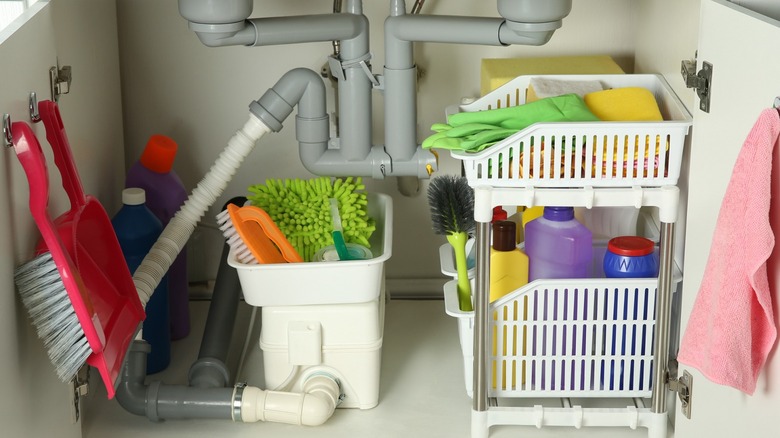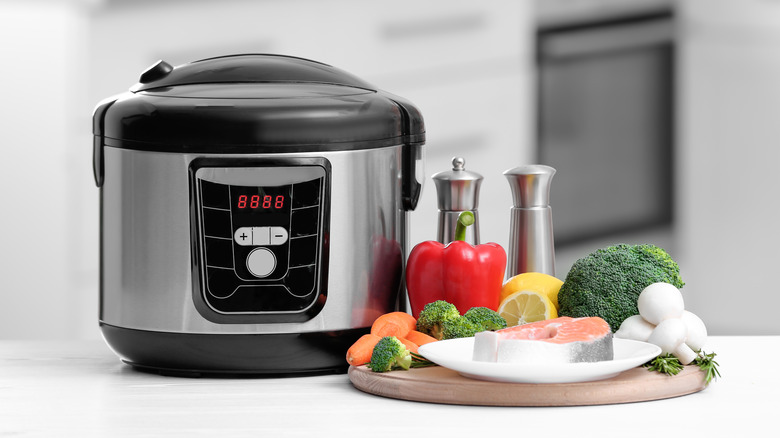Storing kitchen appliances in the right place is essential for both their longevity and your convenience. Among these, the slow cooker holds a special place due to its size and utility. While it might be tempting to tuck it away under the kitchen sink, especially in a small kitchen where space is a premium, this is not the best idea.
The environment under the sink is typically damp and humid, conditions not favorable for electrical appliances. Such an atmosphere can lead to the corrosion of metal parts and the deterioration of electrical components in your slow cooker. Persistent exposure to moisture can transform your cooker from a kitchen convenience to a safety hazard. There’s also the risk of rust, which can compromise the integrity and functionality of the appliance.
Another point to consider is what else you’re storing under the kitchen sink, an area typically reserved for cleaning supplies, including detergents, soaps, and other chemicals. These substances often emit fumes or can spill, potentially damaging your slow cooker. The chemicals might not only harm the external finish of your appliance but can also infiltrate through seals or vents, contaminating the interior where food is cooked. Consuming food that has been in contact with these chemicals, even in trace amounts, is a health hazard.
Better places to store your slow cooker

Ideally, the best storage place for your slow cooker should protect it from damage, be convenient for regular use, and make the most of your kitchen’s available space. A kitchen cabinet or pantry shelf is an excellent choice. Here, the slow cooker can be placed on a stable, flat surface, and safeguarded from the hazards of moisture and chemical fumes. If the cooker is heavy, choose a mid-level shelf to avoid the strain of lifting it to a height.
For those with limited cabinet space, consider dedicating a section of your countertop for your slow cooker, especially if you use it frequently. This keeps it within easy reach and ready for use. However, if you’re someone who uses their appliance only occasionally, storing it in a less accessible spot might be more appropriate. A high shelf in a storage room, the basement, or even the garage can be suitable locations as they don’t take up valuable space in your main kitchen area.
When choosing such storage spots, ensure the environment is dry and relatively temperature-controlled to prevent damage. To protect the appliance from dust, either cover it with a cloth, put it in a plastic bin, or store it in its original box if available. This way, whenever you need to use it, it will be in good condition, ready to prepare your favorite slow cooker meals.







